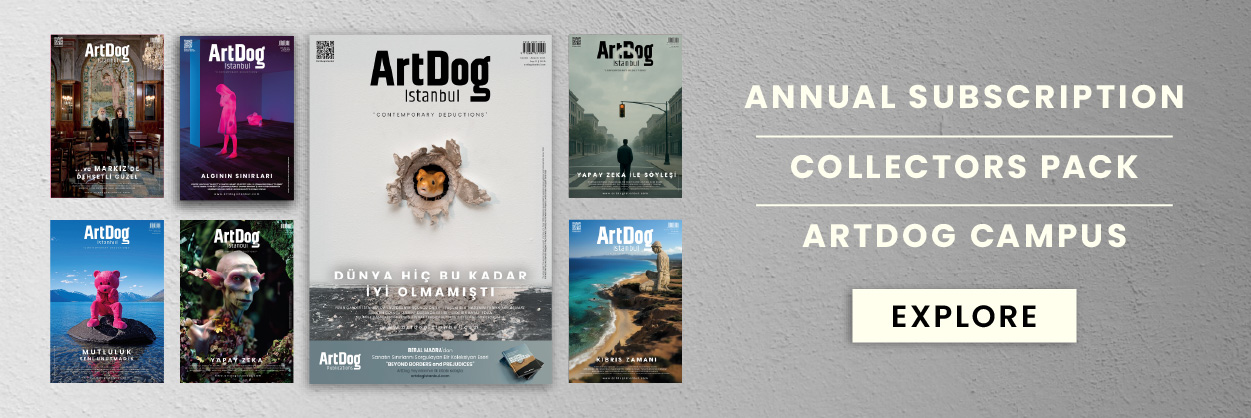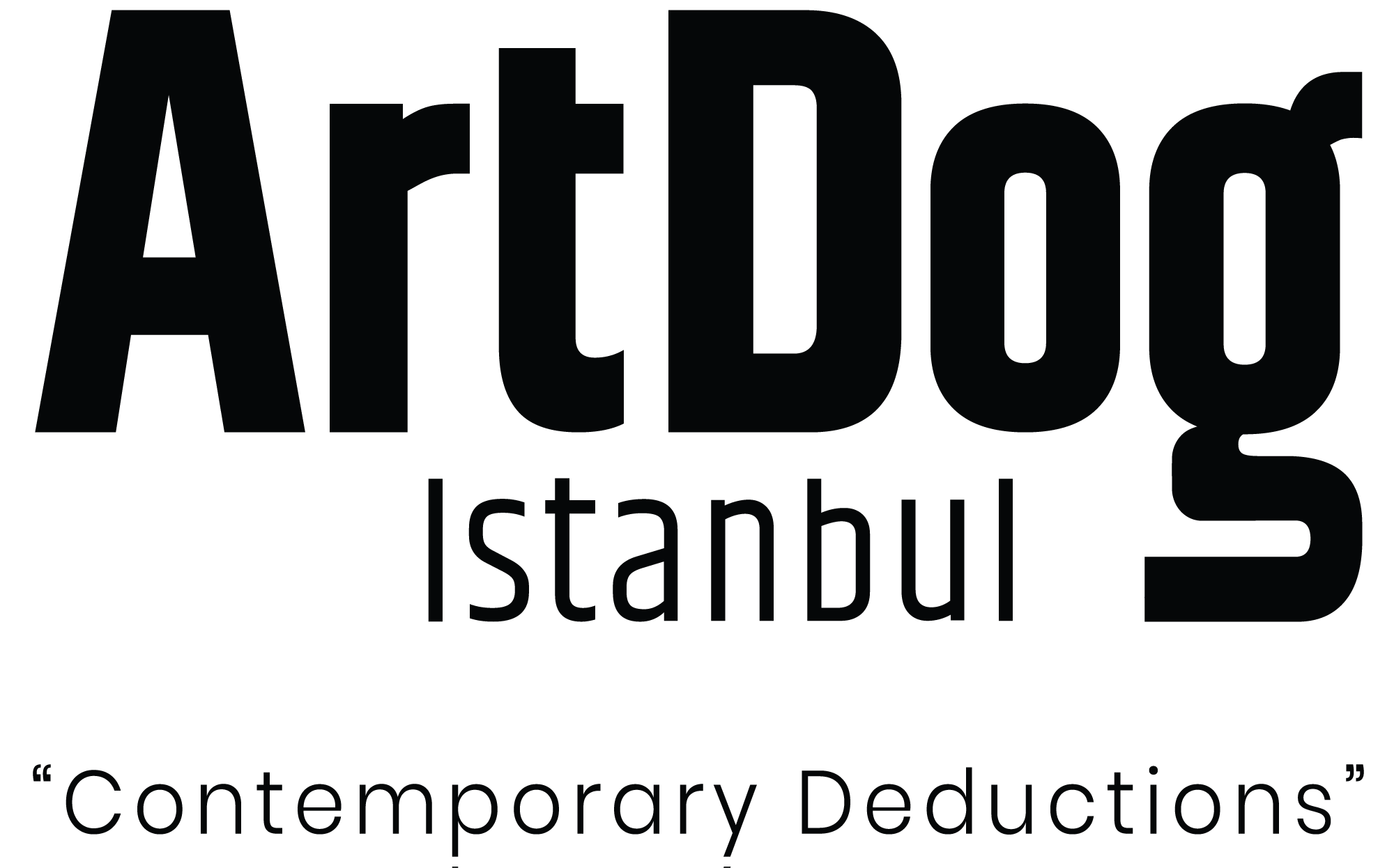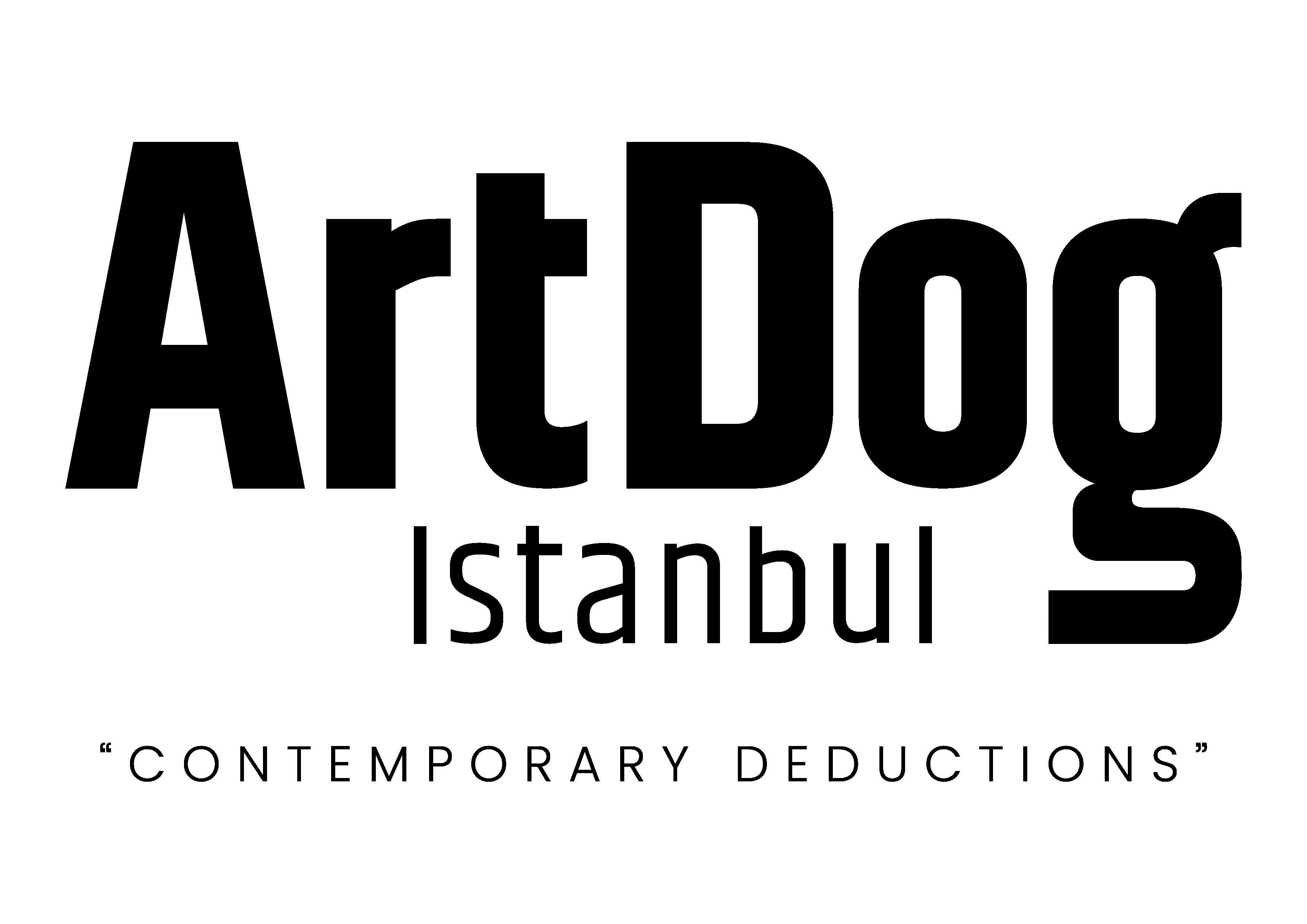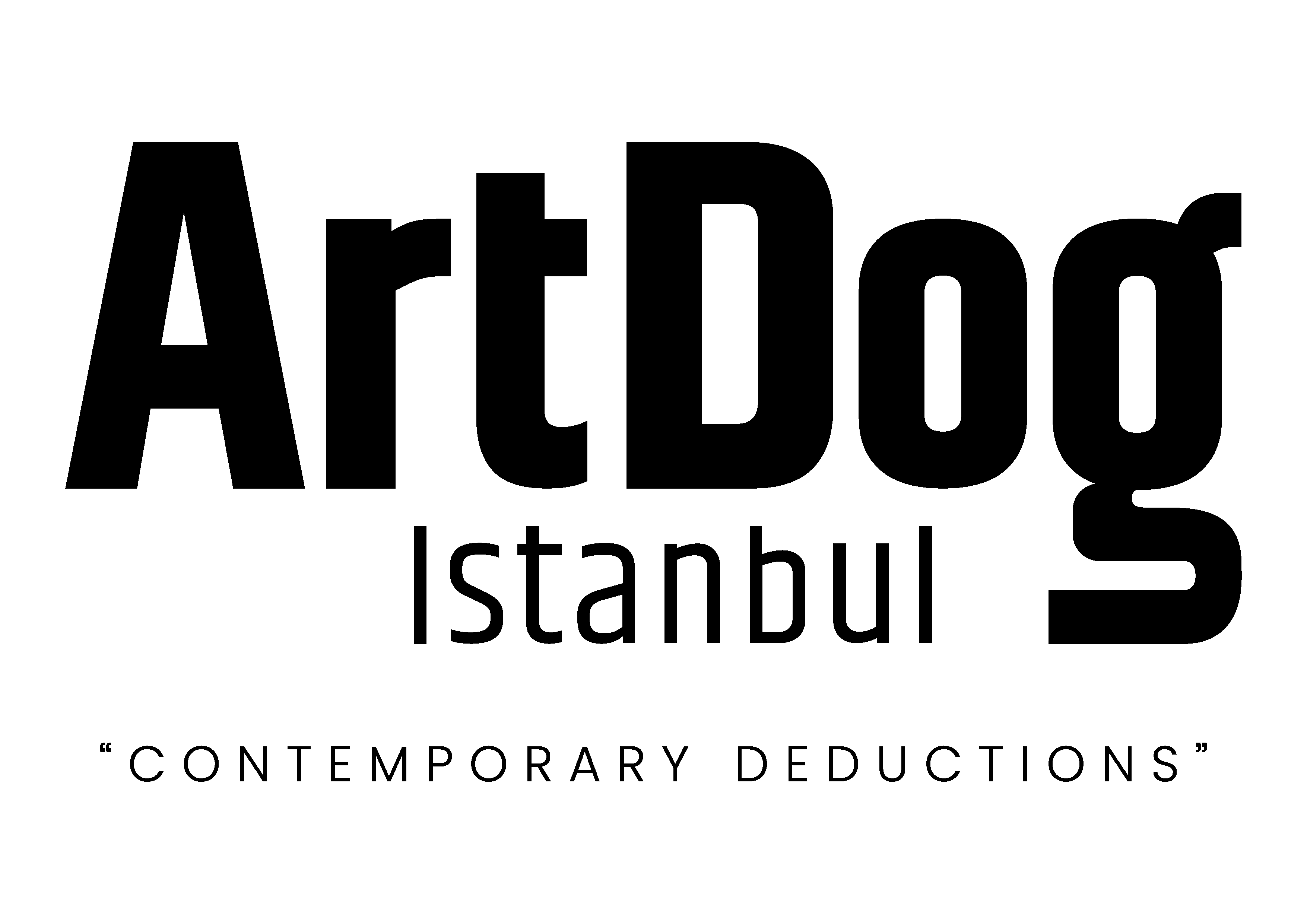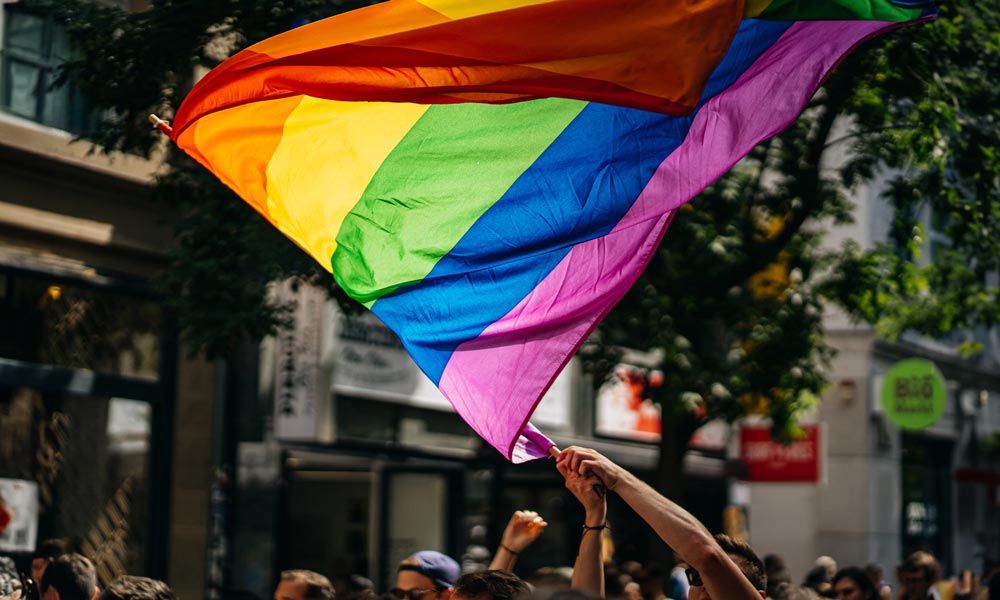Despite facial recognition cameras in Hungary and zip-tie handcuffs in Istanbul, the rainbow once again returned to the streets. In Budapest, tens of thousands marched against the government’s ban, while in Istanbul, queer activists defied police blockades, arrests, and attempts to silence them, making their voices heard.
Under the shadow of facial recognition cameras and the pressure of zip-tie handcuffs, the rainbow flag once again took to the streets. In Hungary, tens of thousands flooded the streets of Budapest with rainbows despite the ban, while in Istanbul, queer activists resisted barricades, detentions, and threats with the same determination, declaring: “We’re here, we’re not leaving.”
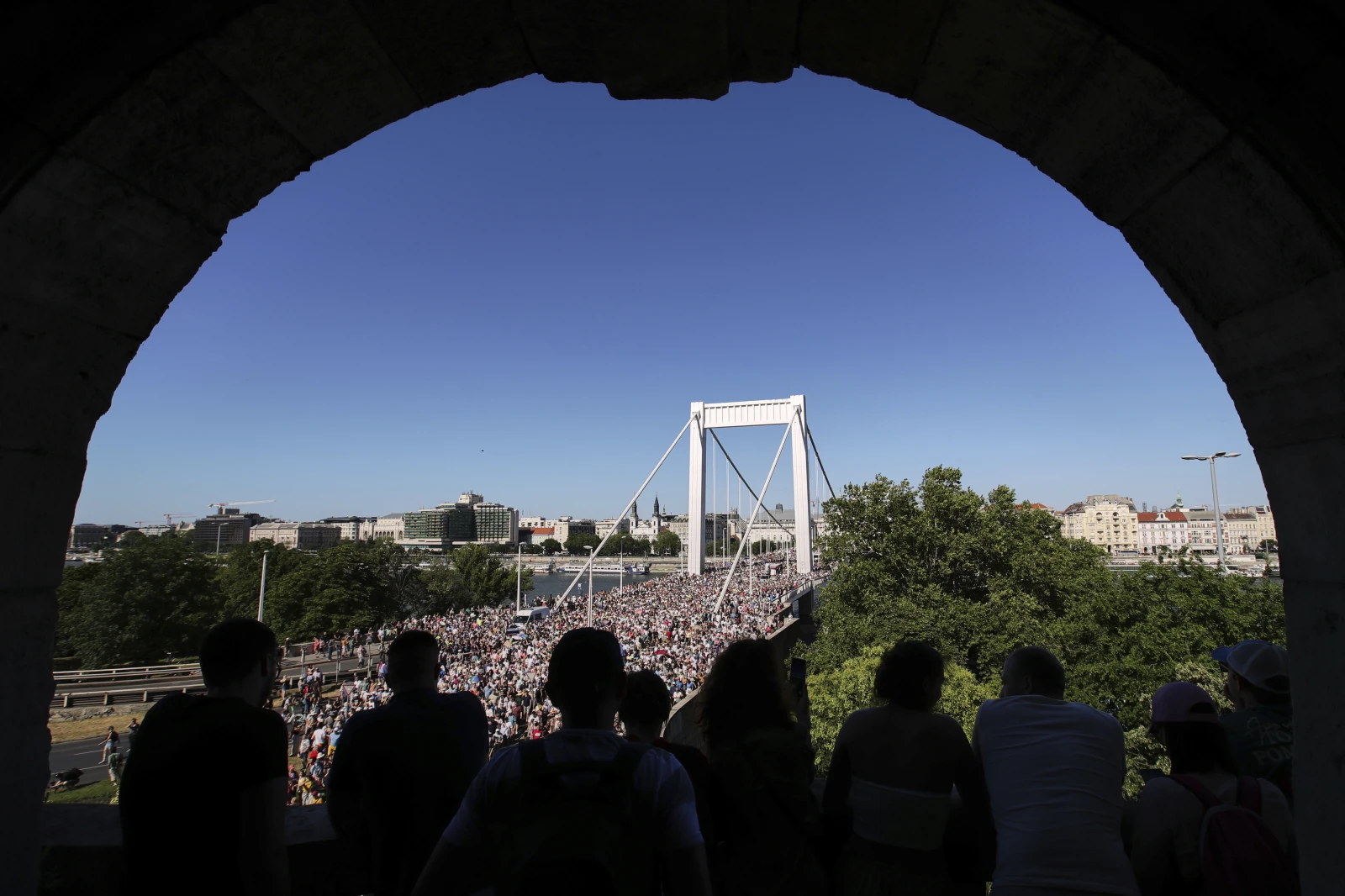
Budapest: Defiance of Hundreds of Thousands Against the Ban
The Budapest Pride March turned into a massive demonstration despite the Hungarian government’s ban and the threat of participants being tracked via facial recognition technology. Tens of thousands of people took to the streets to defend both LGBTQ+ rights and democratic freedoms against the government’s oppressive policies. Local media reported that participation reached 100,000 people.
The march became much more than a Pride event: the struggle for equality of LGBTQ+ individuals became a symbol of growing social anger against Viktor Orbán’s 15-year rule. Students, families, citizens from villages, and people who had never joined a demonstration before filled the Erzsébet Bridge and the city’s main arteries with rainbow colors.
“This is not just about homosexuality. This is about our fundamental rights. This might be the last moment to stand up for our rights,” said participant Eszter Rein Bodi.
Seventy members of the European Parliament and diplomats from more than 30 countries also joined the march. European Commission President Ursula von der Leyen called on Hungarian officials not to obstruct the march. However, Prime Minister Orbán posted a photo of himself with his grandchildren on social media on the day of the march, writing only: “This is what I’m proud of.”
A law passed by Orbán in March grants the government the right to ban the Pride March under the pretext of protecting children and allows participants to be identified and penalized through facial recognition systems. Participants face fines, while organizers risk up to one year in prison. The Minister of Justice explicitly communicated these sanctions in letters sent to several embassies.
Budapest Mayor Gergely Karácsony tried to bypass the law by defining the march as a municipal event. In his speech at the end of the march, he said:
“The message is clear: They have no power over us.”
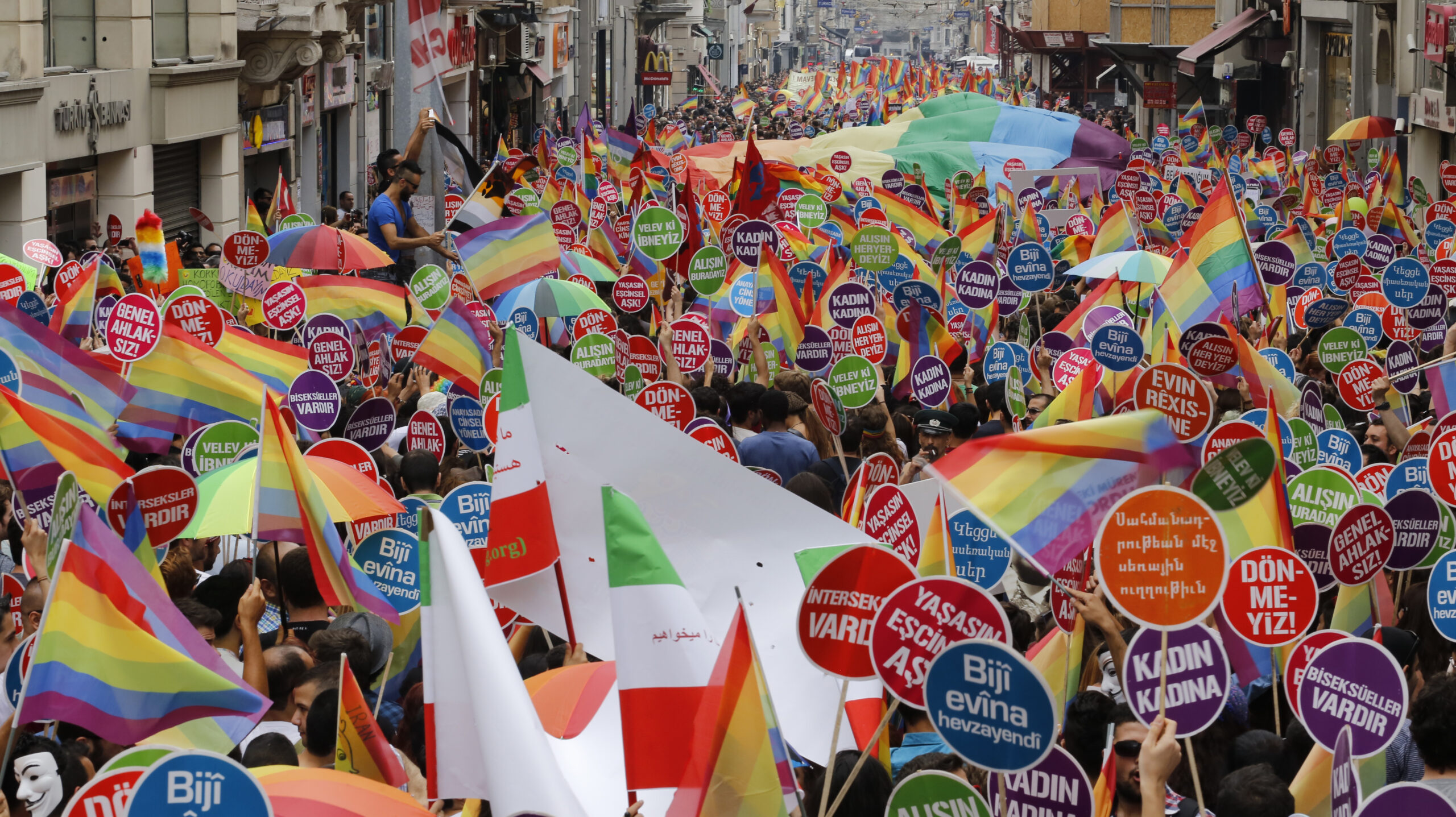
Istanbul: “Insistence on Life” Despite All Bans
The 23rd Istanbul LGBTI+ Pride March was banned again this year by a decision of the governor’s office. Yet queer activists refused to give up rebuilding the streets and reclaiming life. A massive blockade stretching from Taksim to Ortaköy, Kadıköy to Şişli, rendered Istanbul nearly deserted. The Beyoğlu District Governor’s Office banned all events in the district, while Taksim Square, Istiklal Avenue, and many surrounding streets were sealed off with barriers.
Istanbul Governor Davut Gül targeted calls for the march with a statement he shared on social media.
The voices heard in the streets of Istanbul that day were the powerful cries of those who refused to be silenced—an insistence on visibility and solidarity.
Police responded with harsh intervention. At least 55 people were detained, including lawyers and journalists. Barricades were set up, crowds were surrounded, and people were arrested with zip-tie handcuffs. However, marchers attempted to read their press statement before being detained. That statement also emphasized this year’s theme: Insistence on Life.
“We insisted on life against the denial of our existence, the devaluation of our lives, the criminalization of our identities, and the violence we face on the streets, at home, and at work. Now, we have come to exist in the places where you try to erase us. We are not retreating. We will not be rendered invisible. We refuse to accept silence. We have bandaged our wounds and our rage. We have bid farewell to our losses with rebellion. We have rebuilt life again and again. We are here.”
The 2025 theme, Insistence on Life, was not merely a slogan but an action in itself. Once again this year, queer activists found ways to appear in the streets, despite threats of detention and the conditions of a blockade. They defined the Pride March not just as a route but as a line of existence:
“We are a queer resistance that regroups after every ban, clings on after every attack, and unites again after every loss.”
Against 2025, declared by the state as the Year of the Family, queer activists proclaimed the year in their own words as the Year of Pride.
“We heal our wounds by holding each other close. We keep one another standing during crises. Wherever the state ignores or abandons us, we are there. This invisible labor that sustains life is ours.”
These words capture the essence of resistance and identity. The queer community, silenced and rendered invisible, grows stronger and more visible the more it is denied. Solidarity and labor signify far more than just flags and slogans in the streets; they emerge as the unseen force that keeps life going.
This resistance that insists on life grows every day, like lights piercing through dark walls. Strength is found not only in the individual but in collective existence, in holding on to each other, and in persistent resistance.
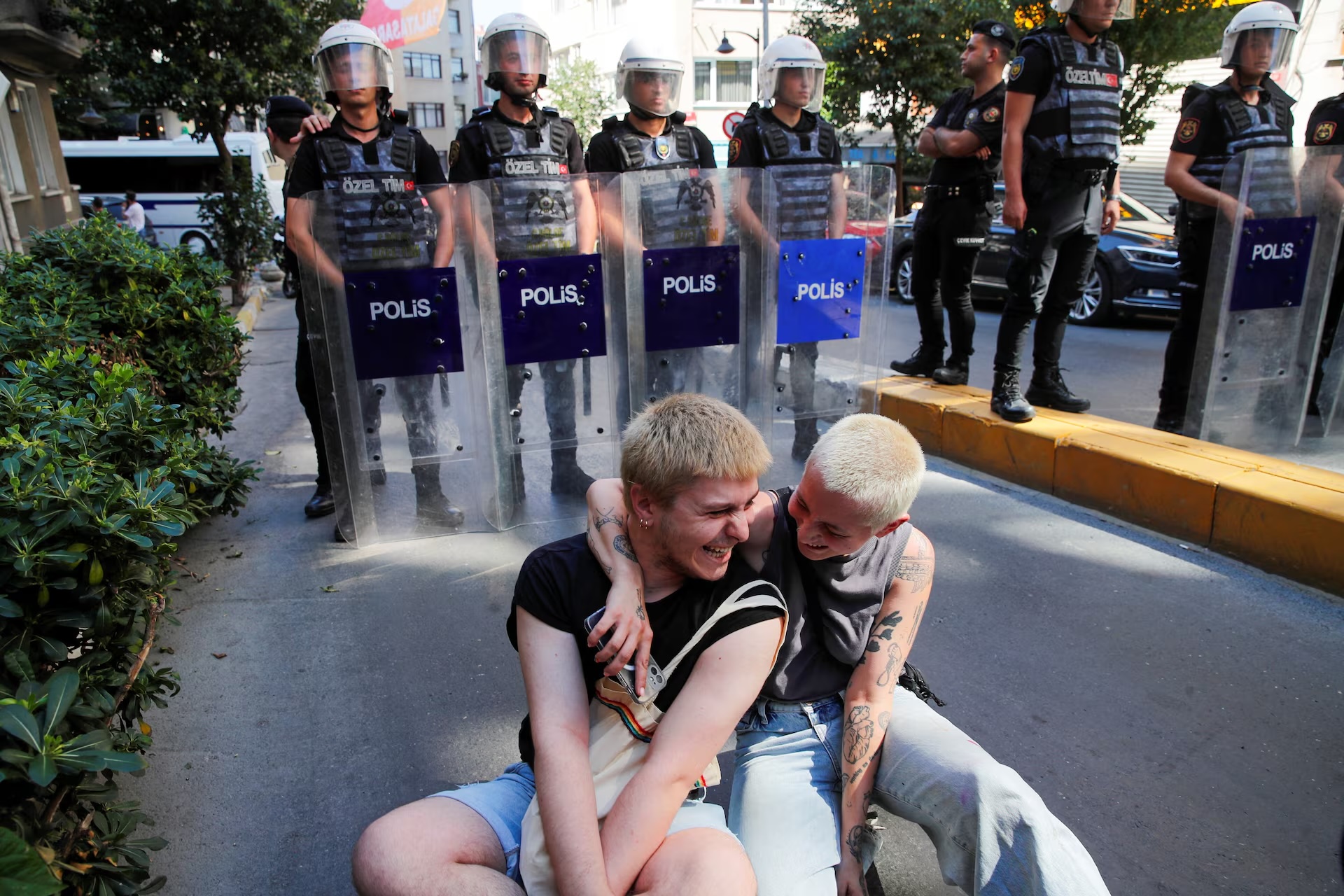
Yoğurtçu Park: A Single Sentence Deemed a Crime
The repression wasn’t limited to the Pride March. The “In June, Stand With TIP” event organized by the Workers’ Party of Turkey (TİP) in Kadıköy’s Yoğurtçu Park was forcibly dispersed by the police. During the event, journalist and TİP Central Committee member İrfan Değirmenci, who has previously been targeted for his sexual identity, was detained the moment he took the stage to speak. Among those detained were party officials, activists, and journalists, while journalist Ertuğrul Albayrak, who was released afterward, highlighted the unlawfulness of the situation on social media.
These incidents became stark evidence of how even a single sentence can be deemed a crime by oppressive powers and of how deeply freedoms are restricted. In an environment where freedom of expression and democratic rights are constantly curtailed, every method imaginable is deployed to silence dissenting voices. Yet despite all this repression, solidarity and the struggle persist.
Amid all these bans, detentions, and silencing efforts, the voice echoing through the streets carries not only a political significance but also an artistic quality: the aesthetics of existence, the courage of expression, and the collective rhythm of solidarity.
From Budapest to Istanbul, queer resistance is not merely about identity; it is also a way of preserving memory, hope, and the power of speaking out.

